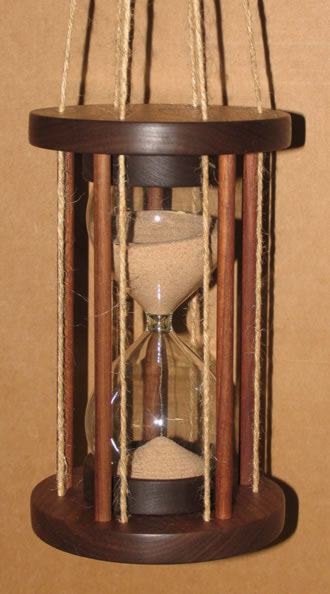DON'T FORGET to turn clocks back one hour at 2 a.m. Sunday Nov. 6 to return to standard time.
Hourglasses are among a number of ingenious timekeeping devices used before the development of clocks in the Middle Ages.
The earliest known record of hourglasses dates from the 14th century.
One of their uses was to measure speed on ships.
This was done by a crew member letting a piece of wood, or “chip log,” attached to a rope with knots tied at measured intervals play into the water from the stern rail while a ship’s officer timed the action using an hourglass.
This speed measurement of nautical miles came to be known as knots.
In 16th century England a sandglass, known as the pulpit hourglass, was used to time sermons.
The congregation could watch the glass, knowing that the preacher would not be done until the last grain of sand had passed through to the bottom.
There are records of pulpit glasses measuring as long as two hours.
